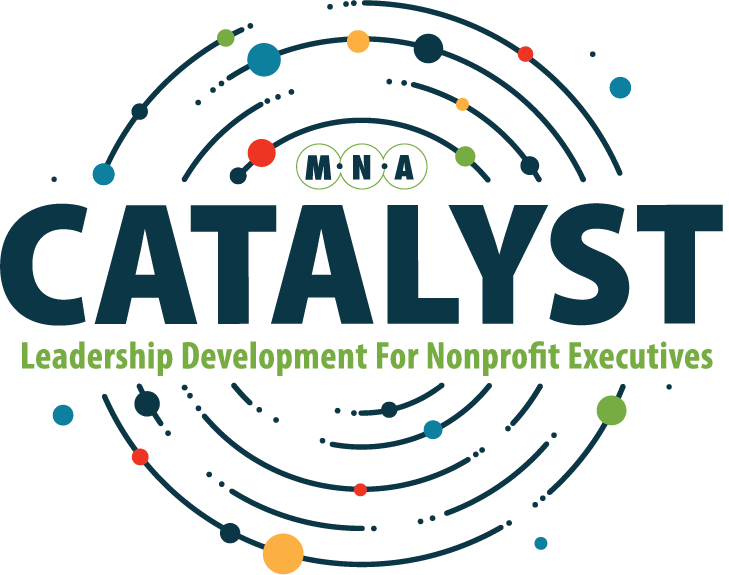Introducing Catalyst 2024
Catalyst will look different in 2024. Leaders can gather in two ways:
Catalyst Experience
Join us May 29th – 30th in Fairmont, MT for two days exploring your personal leadership and gathering with other leaders from across the state.
Day One will focus on exploring your personal leadership through a DiSC profile, peer network survey, and self reflection. Participants will be asked to complete pre-work prior to joining.
Day Two participants will be joined by other leaders across the state for a leadership summit designed for connection, leading edge content, and collaboration.
Peer Groups Catalyst participants will have the opportunity to form peer groups to meet on a topic area of their choice through the rest of 2024, with support provided by MNA including organizing and funding for facilitators or trainers.
Cost: $495 | MNA Members Only*
- Includes food and content, does not include lodging
Catalyst Leadership Summit
Join us on May 30th in Fairmont for a day of connection and collaboration for veteran leaders, innovative practices, and collaborative opportunities to invest in your leadership. The day will include a keynote, breakout sessions tailored for leaders, and opportunities for meaningful connection.
Cost:
- $175 | MNA Members
- $350 | Non Members

Registration
Registration is now open for Catalyst Experience and Catalyst Leadership Summit.
Venue Information
Fairmont Hot Springs Resort
You can reserve a room at the group rate (starting at $172) at https://fairmontmontana.com/ using group ID 29850
Keynote

Brenda Solorzano
Change maker, believer in the power of community, driver of innovation and learning, and always makes time for play. Brenda has spent her career working for good in the philanthropic world on issues related to health policy, the health care safety net and community health issues affecting vulnerable populations. She is a strategy, evaluation, program and grant making guru with an eye toward local collaboration and a keen sense that change happens when communities come together to engage in good work. She is invested in the work of the Headwaters Foundation because she believes every child deserves a healthy start to life. She left her beloved San Francisco to move to Montana to re-invent philanthropic practices at Headwaters and live in Big Sky Country with its slower pace of life and stunning beauty.
Catalyst Leadership Summit – May 30
9:00 AM – 9:45 AM | Check In
10:00 AM – 10:50 AM | Keynote with Brenda Solorzano
Keynote: Unapologetic and Authentic Leadership in Montana with Brenda Solorzano
Join Headwaters Executive Director Brenda Solorzano for an exploration of the unique strengths, opportunities, and gifts of Montana nonprofit leaders. Brenda will reflect on her own leadership journey, sharing her observations as a leader in Montana.
10:50 AM – 11:00 AM | Break
11:00 AM – 12:15 PM | Breakout Sessions A
A1 | Delegation As A Form of Leadership with Kari Anderson
Kari Anderson, Incite!Consulting
There’s an adage in successful nonprofits: “the leader works ON the organization, not IN it.” What’s the secret trick to pull yourself out of the weeds? Delegation. It can be difficult for a variety of reasons, but mastering this skill is imperative to your success as a nonprofit leader. In this session, Kari Anderson of Incite! Consulting will discuss why delegating is so tricky, help you to determine what you can (and should) move off your plate, and demonstrate how delegation can be a powerful staff development tool. If you are feeling overwhelmed by a never ending to-do list, this is the session for you! Delegation is a game changer to help achieve strategic priorities that create impact and move your mission forward.
Learning Objectives
1. Learn how to prioritize the most important tasks towards achieving your goals and how to effectively delegate other tasks.
2. Understand how delegation can be used as a staff development tool and assist in building strong and effective future leaders.
3. Shift the way you think about delegation from feeling guilty to recognize the benefit it provides to you and your team.
A2 | Staff Retention & Mentoring – Strategies for a Strong Organization with Gina Boesdorfer and Gabrielle Eklund Rowley
Gina Boesdorfer, The Friendship Center and Gabrielle Ecklund Rowley, Reach Higher MT
This session will focus on employee retention and mentorship. We will share the strategies and struggles we have experienced over the years as both employees and leaders within organizations. We will hold space for conversation, brainstorming, and planning ways to maintain or improve employee retention, as well as explore mentorship from both the mentor and mentee perspectives. Our approach is centered around growth and learning. We recognize that a successful approach is tailored to agency specifics, geographic location, staff makeup, financial resources, and dozens of other factors. We hope to harness the collective knowledge in the room from both new and experienced leaders in addition to offering our perspectives and experiences.
Learning Objectives
1. Identify short- and long-term strategies to improve staff retention
2. Understand strategies to build an internal mentor program
3. Explore methods to maximize mentoring relationships as a mentee
A3 | Leading vs. Managing the Situation: Making Intentional Choices with Ned Cooney
Ned Cooney, Facilitator
Executive Directors of small to medium organizations wear many hats, and are often pulled between working on the “big picture” and solving today’s crisis. Until you build up the capacity of others to solve problems and make decisions, the things only you can do in the executive role will not happen as effectively. This workshop will discuss the difference between leading and managing and how you can be more intentional to meet any given task “in the moment”. We’ll also explore Situational Leadership to meet employees and volunteers where they are, depending on their abilities and willingness to do the work.
Learning Objectives
1. Understand the difference between leading and managing, and assess their own tendencies to apply a leadership approach vs. a management approach.
2. Explore how they can intentionally shift strategies between leading and managing in different situations.
3. Apply the Situational Leadership approach to meet the needs of their direct reports, based on capacity and willingness to do the required tasks.
12:15 PM – 1:15 PM | Lunch
1:15 PM – 4:15 PM | Extended Breakout Sessions
B1 | Community Engagement for Nonprofit Leaders with Cassie Hemphill
Cassie Hemphill, Confluence Training
Community Engagement for Non-profit Leaders explores the unique and critical role that senior leaders play in using the International Association for Public Participation’s global standards of practice to build a positive culture of engagement that contributes to improved results, credibility and performance.
Learning Objectives
1. Identify what makes community engagement meaningful and reflect on the impacts and results of collaboration and connection.
2. Analyze the critical role of non-profit leaders in building trust, working with power and influence, committing to the purpose of engagement, and using the IAP2 Spectrum of Participation and Profiles of Engagement model to clarify expectations and commitments.
3. Assess their organization’s progress toward a culture of engagement and identify performance measures.
4. Explore the ways in which non-profit leaders can lead culture change in communities and organizations.
B2 | Boundaries that Work with Reva Patwardhan
Reva Patwardhan, Greater Good Coaching
When people’s needs are met, whole systems function better. This idea may in part be what brought you to nonprofit work. You see needs that – if well enough addressed – would solve a lot of problems. It’s true for the causes and communities you serve, and it’s true within your organization as well. In this session you will have the opportunity walk through a boundary setting process using either a real life situation you are experiencing, or one of the provided case studies. Through this process you will:
- Clarify what keeps you from setting a boundary, and learn how to more effectively address it
- Practice designing boundaries that align with your needs, purpose and values
- Learn and apply best practices for boundary setting and enforcing your boundaries
Learning Objectives
1. Better understand your needs in relation to your purpose and values, and how to take control of meeting your needs
2. Explore challenges to boundary setting that are personal, as well as embedded in the nonprofit sector
3. Build a purposeful and self-compassionate mindset that makes boundary setting more natural and effective
4:15 PM – 4:45 PM | Close

